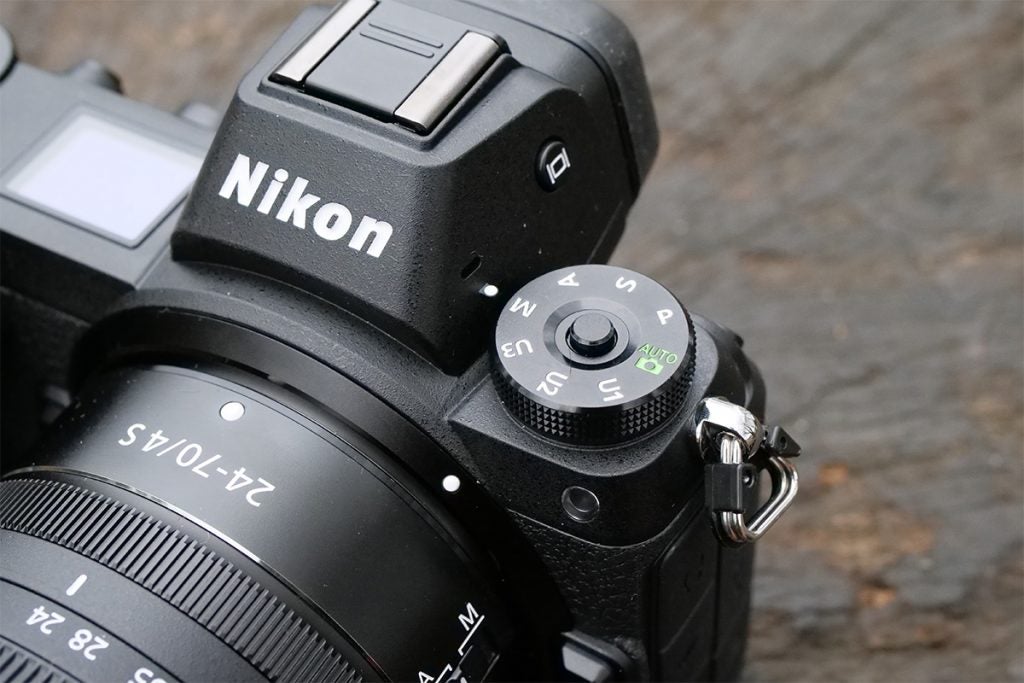If you’re shopping for a new camera, you may have come across the term CFexpress.
Keep reading to learn everything you need to know about these super speedy memory cards including what they are and the key differences between CFexpress Type A, CFexpress Type B and CFexpress Type C.
What is a CFexpress card?
A CFexpress card is a memory card format based on the PCIe Gen 3 interface that is becoming increasingly prevalent in high-end cameras. The standard was announced by the CompactFlash Association (CFA) in 2016.
“CFexpress cards are based on the PCIe Gen 3 interface and use established NVMe protocols to offer better efficiency, optimized power and performance for professional imaging and video markets,” says the CFA on its website.
There are three versions of CFexpress cards: Type A, Type B and Type C.
Type A cards measure 20 x 28 x 2.8mm and are typically used by Sony cameras, including the Sony A7S III and the Sony A7 IV. CFexpress Type A cards are actually smaller than SD cards, making them useful for cameras that support both memory card types that have a limited number of slots.
CFexpress Type B cards, meanwhile, have the same dimensions as XQD cards at 38.5 x 29.6 x 3.8mm. These cards are used by the vast majority of camera manufacturers, including names like Nikon, Canon and Panasonic. Type B cards offer faster transfer speeds than Type A cards due to the greater number of PCIe data transfer lanes. This allows them to reach transfer speeds of up to 2GB/s where Type A cards are limited to 1GB/s
Finally, there’s CFexpress Type C. These cards have the most transfer lanes, allowing them to reach transfer speeds of up to 4GB/s. However, they measure 54 x 74 x 4.8mm making them much too large for cameras. Type C cards are typically featured alongside computers and SSDs instead.
IS CFexpress better than SD?
CFexpress cards offer significantly faster performance compared to standard SD or XQD cards, with speeds ranging from 1GB/s to 4GB/s depending on the number of PCIe data transfer lanes.
However, CFexpress cards are also quite a bit more expensive than SD and XQD cards, making them a big investment compared to those more established card formats.





